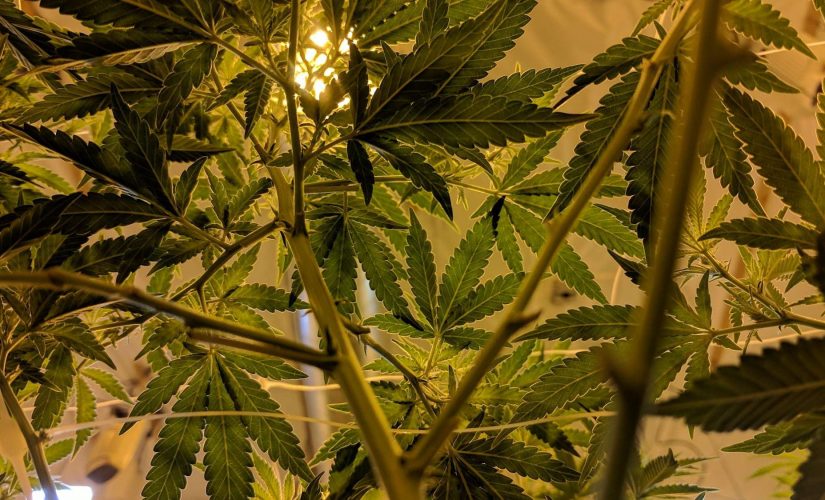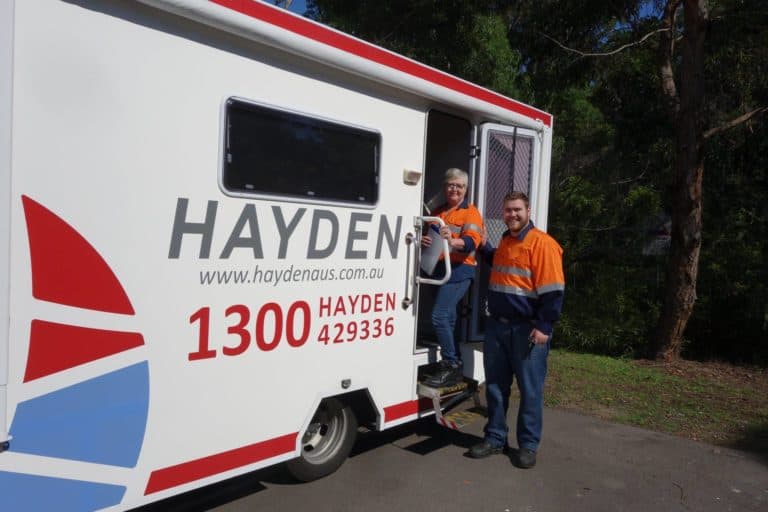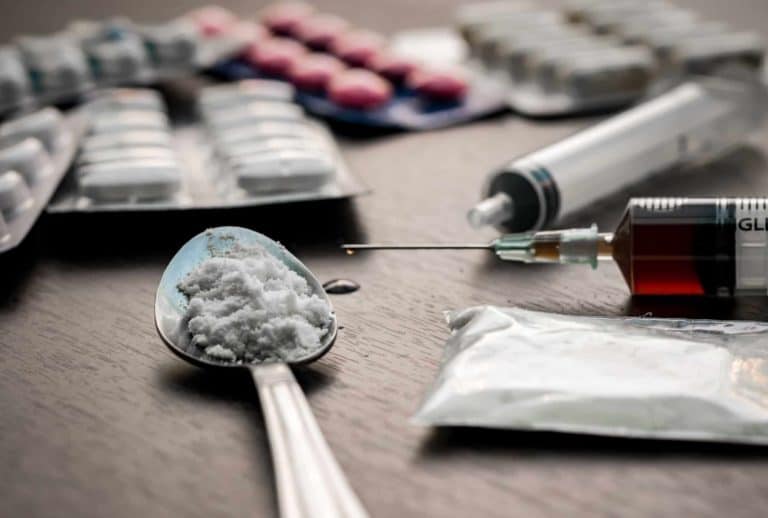
Medicinal cannabis – An extract from the Drug Info Website Aug ’16
Broadly speaking, medicinal cannabis is cannabis prescribed to relieve the symptoms of a medical condition, such as epilepsy. It is important to make the distinction between medicinal cannabis and recreational cannabis. Recreational cannabis is the form of cannabis that people use to get ‘high’.
For some people suffering from chronic or terminal illnesses, conventional medicines do not work, or do not work as effectively as medicinal cannabis. Also, for some patients conventional medicines may work but cause debilitating side effects that cannabis can help to relieve.
The main psychoactive ingredient of cannabis is tetrahydrocannabinol (THC), which acts on specific receptors in the brain known as cannabinoid or CB1 receptors.
Research has found that the cannabis plant produces between 80 and 100 cannabinoids and about 300 non-cannabinoid chemicals. The two main cannabinoids that have been found to have therapeutic benefits are delta-9-tetrahydrocannabinol (THC) and cannabidiol (CBD).
There have been claims that a number of other cannabinoids have therapeutic properties, but these have not yet been proven.
The main difference between the two cannabinoids is that THC has strong psychoactive effects, meaning it makes a person ‘high’, whereas CBD is thought to have an anti-psychoactive effect that controls or moderates the ‘high’ caused by the THC. CBD is also thought to reduce some of the other negative effects that people can experience from THC, such as anxiety.
The psychoactive effects of THC, such as euphoria and feeling relaxed or sleepy, are well known, but THC has also been found to have analgesic, anti-inflammatory and antioxidant properties, as well as being able to prevent and reduce vomiting.
Research is being conducted into CBD for its potential to treat epilepsy, schizophrenia and other psychotic disorders, type 2 diabetes, inflammatory bowel disease, some tumours, and drug dependency.
The endocannabinoid system is a unique communication system found in the brain and body that affects many important functions. It is made up of natural molecules known as cannabinoids, and the pathways they interact with. Together, these parts work to regulate a number of activities, including mood, memory, sleep and appetite. It is thought that medicinal cannabis can treat various illness by acting on the endocannabinoid system.
There are three main forms of cannabis that can be used medicinally:
A number of people make the claim that smoked cannabis should be considered as a treatment for various medical conditions or even as a cure for cancer. However, there are two major concerns regarding this type of cannabis and this method of administration.
Firstly, smoking is a particularly harmful way of taking cannabis, mainly because carcinogenic substances are inhaled directly into the lungs. Smoking cannabis is not recommended by health authorities, as the smoked form contains at least 50 of the same carcinogens as tobacco.
Secondly, the majority of medicines used in Australia are produced under strict conditions: that way, doctors who are prescribing them (as well as people who are using them) know exactly what is in them. It is important that doctors know that medicines have been tested and that each dose is the same. This means doctors can monitor the effects of the drug and doses can be adjusted according to a patient’s needs. When recreational cannabis is used as medicine, doctors and patients can’t be sure of these things – they don’t know how strong it is or what mix of chemicals is in it, and as a consequence, one dose will never be the same as another.
It is understood that smoked cannabis will not be prescribed in Australia because smoked plant products will not satisfy governmental requirements that enable it to be classed as a therapeutic good.
There is a considerable need for medicines and therapies that can help and alleviate the painful symptoms of a number of illnesses and diseases. An increasing number of studies suggest that medicinal cannabis in the form of oral extracts, sprays or pills can reduce these symptoms and aid in the treatment of some illnesses. However, as with many other drugs, medicinal cannabis can also cause unwanted side effects, such as difficulty with concentration, dizziness, drowsiness, loss of balance, and problems with thinking and memory.
The TGA has proposed that the Standard for the Uniform Scheduling of Medicines and Poisons (the SUSMP or Poisons Standard)* be amended to place some cannabis-derived substances, when used in particular ways, in Schedule 8 of the standard.
Cannabis and THC are currently situated in Schedule 9, which means access for their use is extremely restricted. The TGA states that the potential down-scheduling to S8 will still allow for very strict controls regarding access to the substances. *The SUSMP is a national classification system that controls how medicines and poisons are made available to the public.
Legislation to allow for the cultivation of cannabis in Australia for medical or scientific purposes has been passed by the federal government. This involved an amendment to the Narcotics Drugs Act 1967 and will allow for cultivation though a national licensing scheme. The Narcotic Drug Amendment Bill 2016 provides a legislative framework that will permit cannabis cultivation in Australia for medicinal and related research purposes. The legislation also ensures that when the cultivation, production and manufacture of cannabis begin, Australia will remain compliant with its international obligations.
The Commonwealth will control all regulatory aspects of the cultivation of cannabis for medicinal purposes through one national scheme. Manufacture will be a joint responsibility between the Commonwealth and the states and territories. Access to any cannabis products manufactured under the scheme will also be a joint responsibility, with supply being controlled by provisions under the Therapeutic Goods Act 1989 working in tandem with state and territory drugs and poisons legislation.
The following information for NSW has been provided:
Some unregistered cannabis products can now be prescribed and supplied if the prescriber and the products meet certain criteria.
To prescribe and supply a cannabis product, the prescriber must:
Be a medical practitioner (expected to be a specialist in the management of patients with the disease being treated with the product)
Hold an authority issued by the Secretary, NSW Health, to prescribe that particular product for a particular patient (or a named group of patients in case of an approved clinical trial)
Hold an approval issued by the Secretary, Commonwealth Department of Health to import and/or supply that particular product under the Commonwealth’s:
I. Special Access Scheme Category B, or
II. “Authorised Prescriber” scheme, or
III. Clinical Trial schemes
The application for NSW authority must specify the pharmacy or medical practice where the product will be dispensed. If intending to supply directly from the medical practice, the application must include a description of how the supply and storage of the product will be managed.
The application must include the rationale for the treatment and the available scientific evidence to support this treatment of choice. In assessing an application the Commonwealth will consider the prescriber’s expertise, the suitability of the product to treat the patient’s condition, and the quality of the product.
NSW Health will consider whether the unregistered cannabis-based product is appropriate for the patient’s condition, and the available evidence. Applications will be reviewed by a committee of medical experts.
The other usual requirements as for S8 prescriptions apply, e.g. the pharmacist must verify the prescriber, must report any apparently forged or fraudulently altered prescriptions, and must retain the dispensed prescription, separately from other prescriptions.
The Australian Drug Foundation recommends that you obtain professional advice based on your individual circumstances before acting on information in this fact sheet.

The NSW economy is bustling and the construction industry is a major contributor to the

Hayden Workplace Testing is very proud to offer you a large range of services to

This article was posted by the Alcohol and Drug Foundation 24/08/16. Heroin deaths spike as

1/3 Hunter drivers test positive for drugs Police are concerned about the staggering amount of